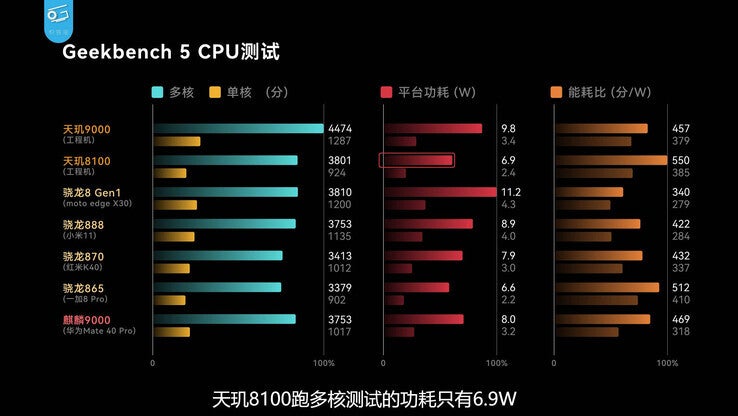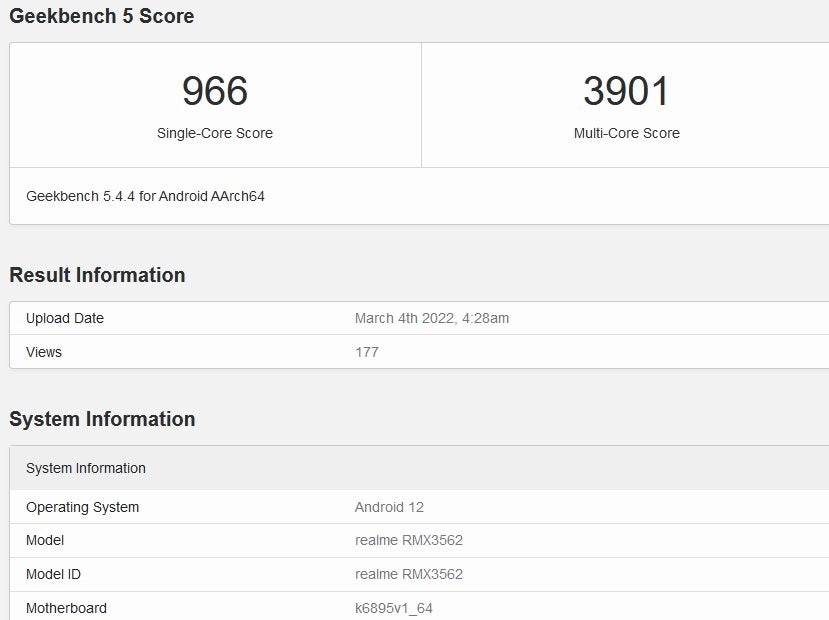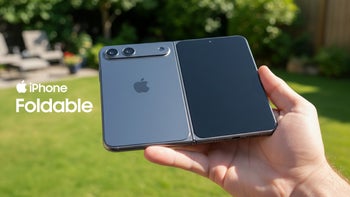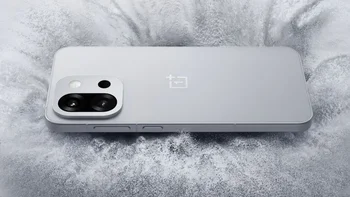MediaTek's mid-range Dimensity 8100 SoC nearly does the unthinkable on benchmark test

Back in January, we told you that MediaTek's top-of-the-line chipset, the Dimensity 9000, had topped Qualcomm's flagship Snapdragon 8 Gen 1 and the Exynos 2200 on Geekbench. The latter is a benchmark site that scores the CPU (and starting in version 4) and GPU on smartphones and other devices for comparison purposes.
With a multi-core score of 4474 and a single-core score of 1287, the only one of the widely used mobile Application Processors (AP) that topped the Dimensity 9000 was the Apple-designed A15 Bionic which produced a Geekbench score of 4885 (multi-core) and 1750 (single-core).
One research firm says MediaTek was the most popular chip designer on U.S. Android phones in Q4
MediaTek not only beat the top chipsets made by Qualcomm and Samsung on this benchmark test, but it also topped Qualcomm to become the most popular chip designer in the U.S. for Android phones during the fourth quarter of last year. Data from research firm IDC shows MediaTek beating out Qualcomm 48% to 44% for the last three months of the year.

MediaTek's Dimensity line has been performing well on Geekbench
Some point to Google's new Tensor chip as the reason for this stunning development. Instead of using off-the-shelf Snapdragon silicon for the Pixel 6 series, Google debuted its own Tensor chipsets which certainly had to impact Qualcomm's Android market share during the fourth quarter of 2021. Or did it?
Counterpoint Research, another company that keeps tabs on all of the important numbers related to the mobile industry, saw things a little differently in Q4. Counterpoint said that Qualcomm had a controlling 55% of the U.S. Android market from October through the end of December compared to MediaTek's 37%.
Nonetheless, MediaTek has been making a strong case for its silicon and the fabless chip designer (who is a major TSMC customer) surprised again when tipster Ome #Suriya$ tweeted a chart of Geekbench results showing that MediaTek's Dimensity 8100 SoC nearly beat the Snapdragon 8 Gen 1 chipset with the multi-core Geekbench test. Realme phones were used on all three of the tests with the upcoming realme GT Neo3 representing the Dimensity 8100.
Dimensity 8100 puts up a valiant effort against Qualcomm's top chip in Geekbench test
MediaTek's Dimensity 8100 is part of the company's upper mid-range line and perhaps the most interesting part of these test results is that the Snapdragon 8 Gen 1 is manufactured by TSMC using its 4nm process node while the Dimensity 8100 is produced using the foundry's 5nm node. Generally speaking, lower process nodes usually produce chips that are strikingly more powerful and more energy-efficient.
The Dimensity 8100 scored multi-core and single-core results of 3801 and 924 respectively. That compares to the multi-core score of 3810 and the single-core score of 1200 delivered by the Snapdragon 8 Gen 1 chipset. The latter has the advantage of sporting ARM's Cortex X1 super core which the MediaTek chip does not have.
Some other Geekbench 5 results show the Dimensity 8100 actually beating out the Snapdragon 8 Gen 1 in the multi-core tally. Regardless of which result you use, there is no denying that MediaTek is making great strides in the industry.
Qualcomm is expected to soon ship the Snapdragon 8 Gen 1+ which will be produced by TSMC using its 4nm node. For the record, the non-plus version of the chipset, the variant that has been used on flagship Android phones since the start of the year, is built by Samsung Foundry using its 4nm node. TSMC's 4nm process node is considered superior to the 4nm node used by Samsung Foundry.

With this Geekbench result, the Dimensity 8100 tops the Snapdragon 8 Gen 1 in the multi-core score
MediaTek is headquartered in Taiwan and was founded in 1997. As of the third quarter of 2021 (the most recent data available) the company was the fourth largest fabless chip designer with revenue of based on sales after Qualcomm, Broadcom, and Nvidia. The company collected $4.7 billion in revenue during that quarter.
A fabless company like MediaTek, Qualcomm, and Apple do not own the facilities needed to manufacture chips. Instead, such firms design the chips that they send to foundries to manufacture. Apple, for example, uses TSMC to build its silicon components.
TSMC and Samsung Foundry are the two largest independent foundries in the world.
Follow us on Google News












Things that are NOT allowed:
To help keep our community safe and free from spam, we apply temporary limits to newly created accounts: